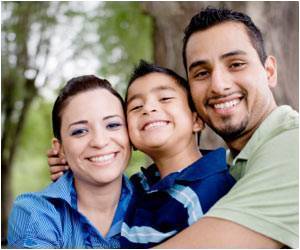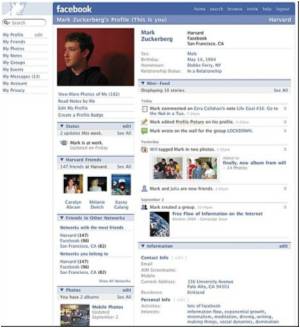A new study of gun violence in Chicago, reveals that a person's social network is a key predictor in whether an individual will become a victim of gun homicide, even more so than race, age, gender, poverty or gang affiliation.

The study, co-authored with Christopher Wildeman from the Yale Department of Sociology, likens gun violence to a blood-borne pathogen. In the analysis, published Nov. 14 in The American Journal of Public Health, Papachristos notes that crime, like a disease, follows certain patterns. People in the same social network, he said, are more likely to engage in similar risky behaviors-like carrying a firearm or taking part in criminal activities - which increases the probability of victimization.
"Generally, you can't catch a bullet from just anyone. Your relationship with the people involved matters," he said. "It's not unlike needle sharing or unprotected sex in the spread of HIV."
In this study, funded by the Robert Wood Johnson Foundation, Papachristos examined police and gun homicide records from 2006 to 2011 for residents living within a six-square mile area that had some of the highest rates for homicide in Chicago. He found that 6% of the population was involved in 70% of the murders, and that nearly all of those in the 6% already had some contact with the criminal justice or public health systems. In addition, those in the 6% had a 900% increased risk of becoming a victim of gun homicide - suggesting that being part of a risky network might offer more insight into one's chance of becoming a victim than other risk factors. "You could easily identify who the dots are on these network maps and direct the resources accordingly," he added.
Which is exactly what the Chicago Police Department (CPD) has done. In a new violence prevention initiative, the CPD is currently using network analysis to identify the area's top 20 residents most likely to shoot someone or be shot. A CPD police commander and the head of a community anti-violence program recently visited these high-risk individuals at their homes, explained how their history and networks landed them on the list, and delivered the message that their lives matter and they want them to stay out of trouble. "The CPD is using this as a way to reach out to people, rather than just make arrests," noted Papachristos.
While it is too early to know the approach's long-term effects, other cities are taking notice and working on similar network models, including East Paolo Alto and Stockton in California, and Bridgeport and New Haven in Connecticut.
Advertisement
Source-Eurekalert









